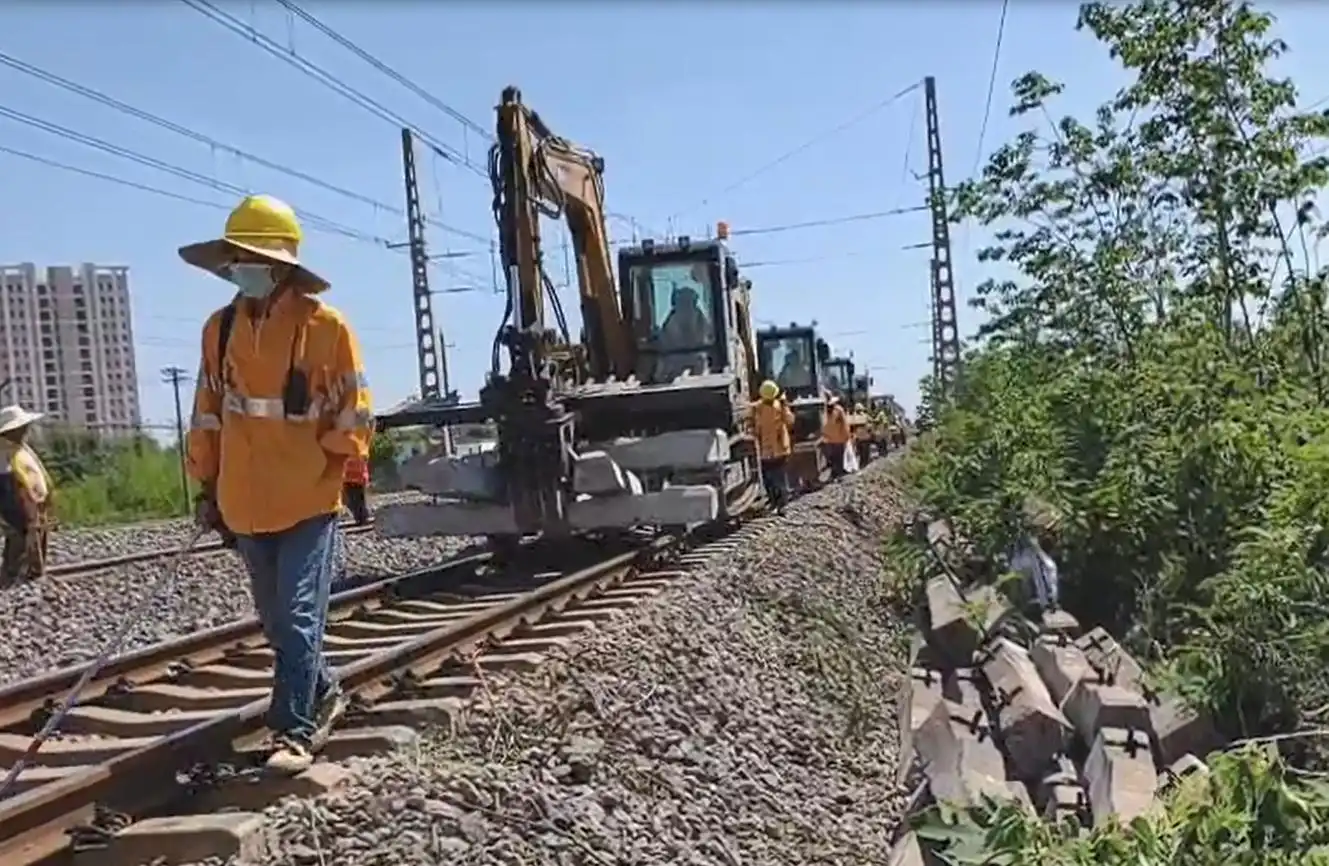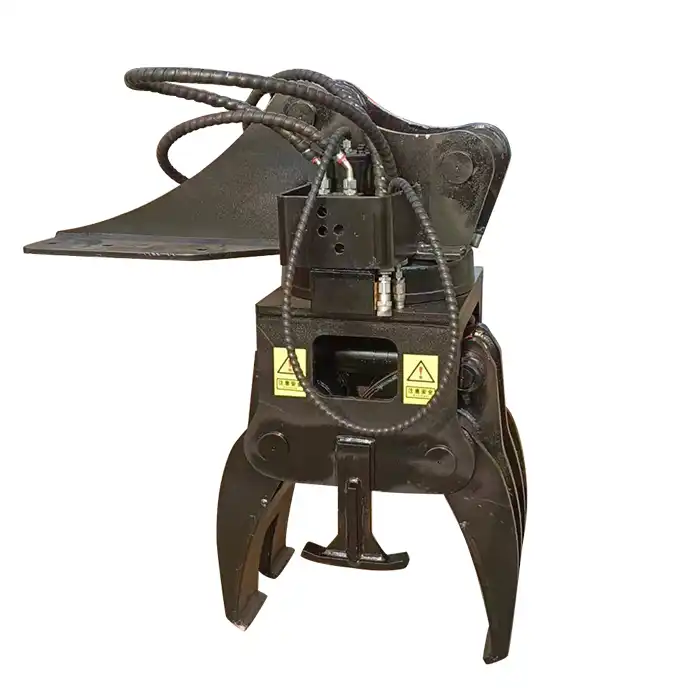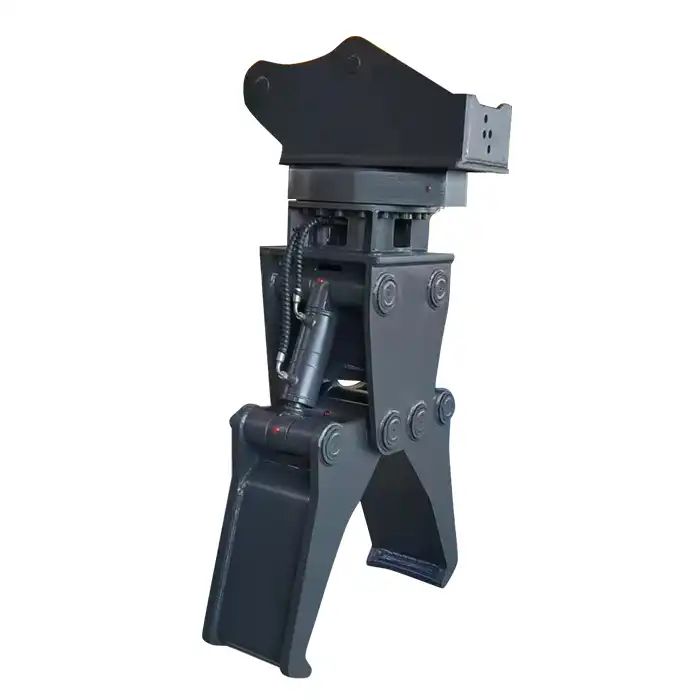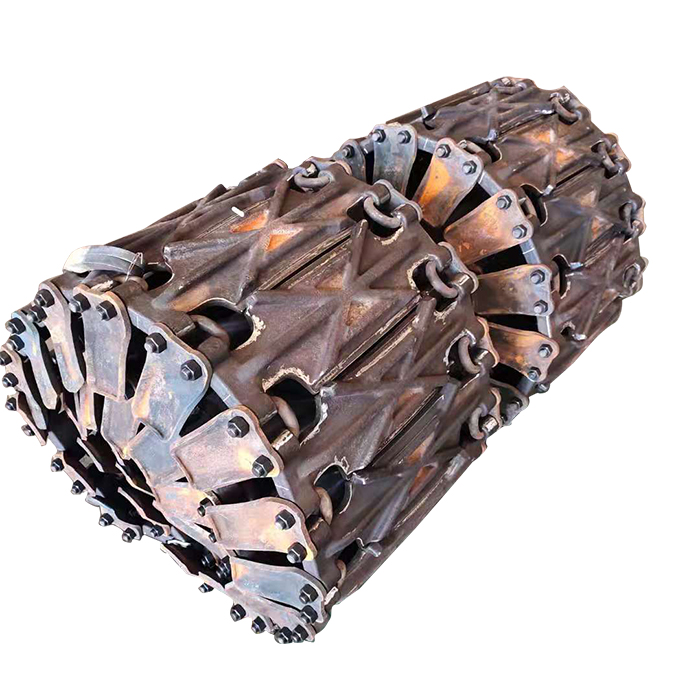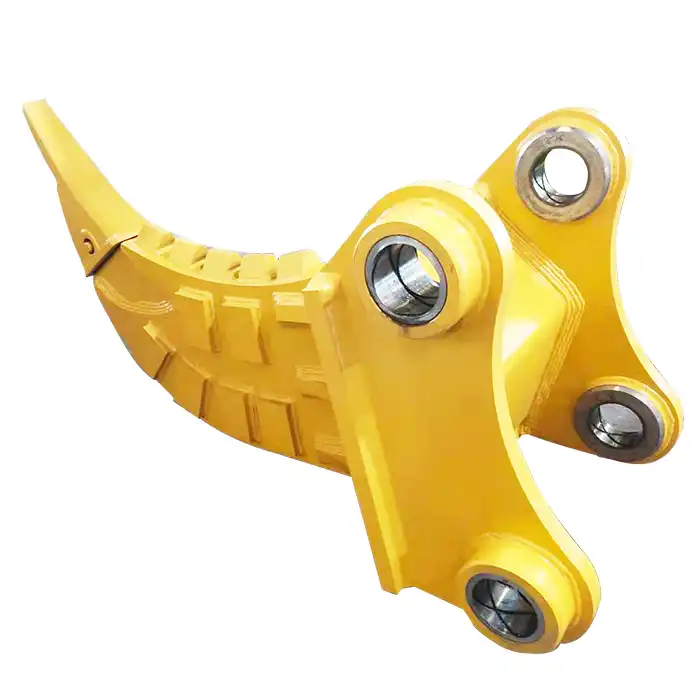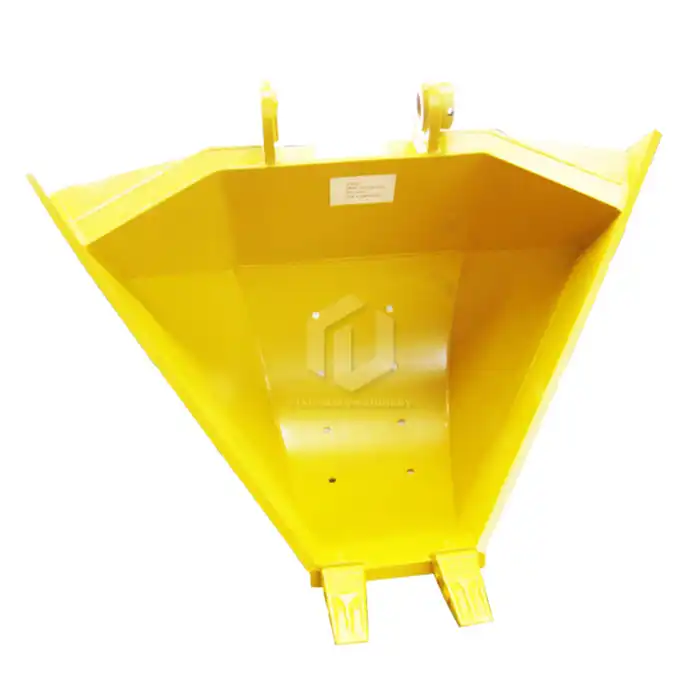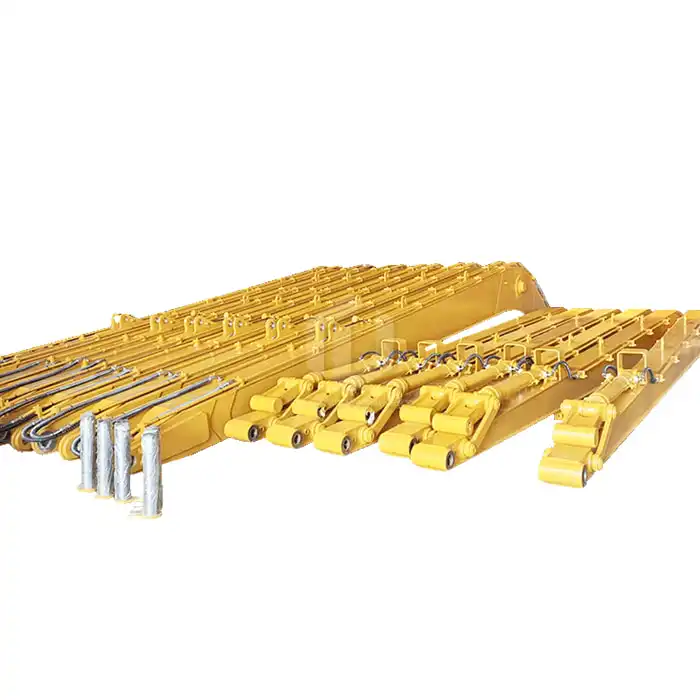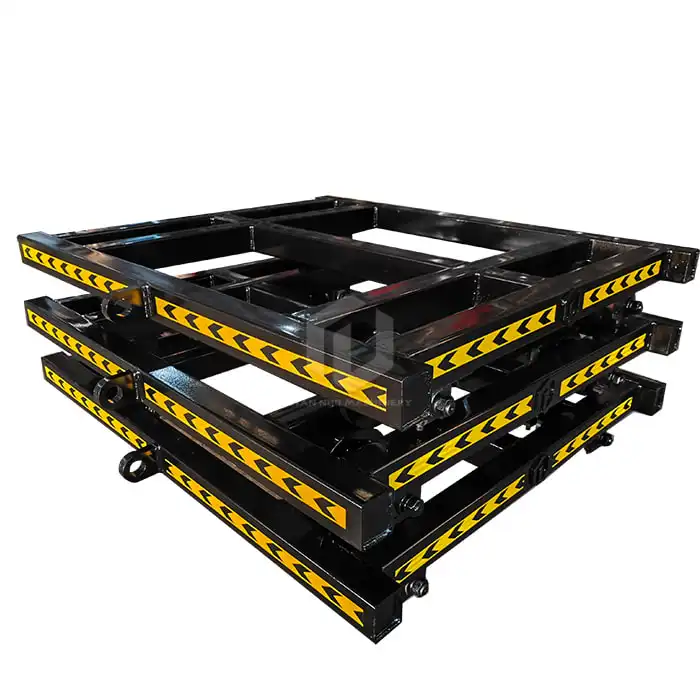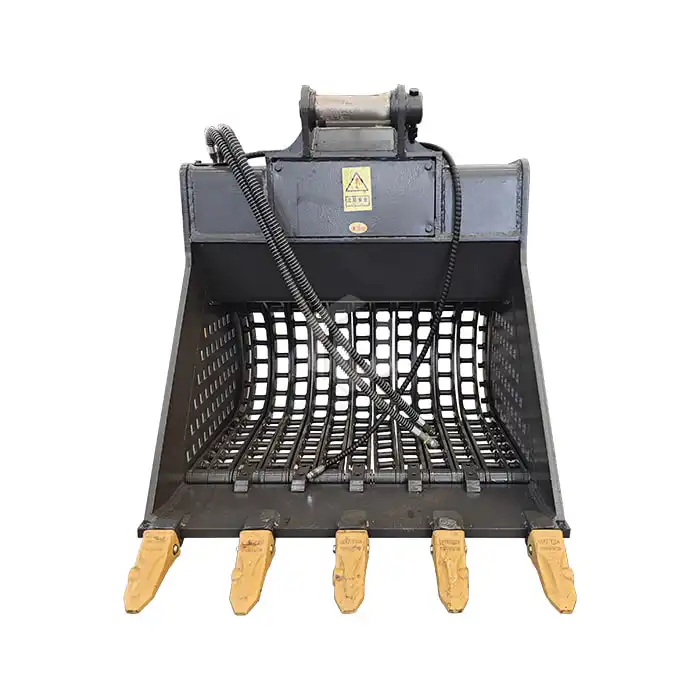The origin of railway sleeper replacement machine!
In the late 1990s, railway sleeper replacement was a physical job. Hundreds of kilograms of sleepers were all carried on the shoulders of railway workers. When laying a railway, the sleepers were 40 cm apart. The amount of work was so large that it was unimaginable. It is conceivable how hard the railway workers worked. Most people could not do it.
I had never been involved in railway engineering before, and I didn’t know that railway sleepers needed to be replaced. Since I started working in engineering machinery, I learned that the sleepers on the railway needed to be replaced after a certain number of years of use. In the past, sleepers were replaced manually. A railway section basically required three or four hundred workers, and at the same time, one person replaced 1-2 sleepers on average, which was time-consuming and laborious. With the aging of the population, young people can’t bear this hardship, and gradually understand that the job of changing sleepers is really hard!
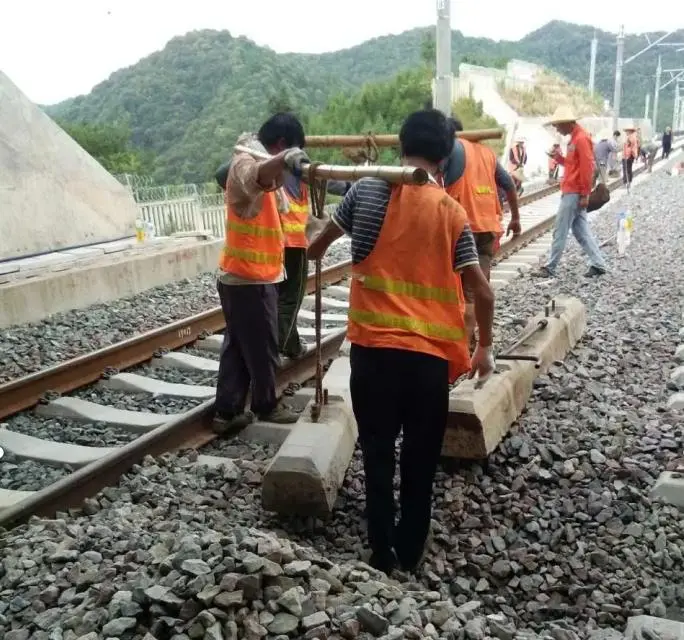
With the development of society, mechanical sleeper replacement has appeared in recent years. Machines have replaced manual labor. I feel that mechanical sleeper replacement has really saved a lot of effort for railway workers and found a breakthrough for mechanized railway construction. Let's learn about it together
At present, railway sleeper replacement machines are modified based on excavators. The chassis is equipped with front and rear lifting drive wheels, and sleeper replacement clamps and ballast scrapers are installed at the front end to achieve sleeper replacement. Now there are more 75-type excavators for modified equipment. Why? Because now the sleeper replacement is basically replacing type II sleepers with type III sleepers. A type III sleeper is about 360 kilograms, and bridge sleepers are heavier. To avoid the excavator sleeper replacement machine from tilting its butt when clamping the sleeper, an excavator with a heavier self-weight is generally selected to ensure the safety of the sleeper replacement machine. At the same time, there are tunnels and other reasons for the height restrictions on the railway. Smaller excavator sleeper machines are also useful, but their efficiency is far less than that of the 75-type excavator sleeper machine;
At present, there are two types of excavator-modified railway sleeper replacement machines. One is to add track walking wheels to the chassis, commonly known as two-wheel drive walking, with a speed of up to 15km per hour, which really becomes a small train~, and the other is to add track limiting wheels to the chassis. When changing sleepers, it plays a positioning role to ensure that the sleeper replacement machine does not fall off the track.
